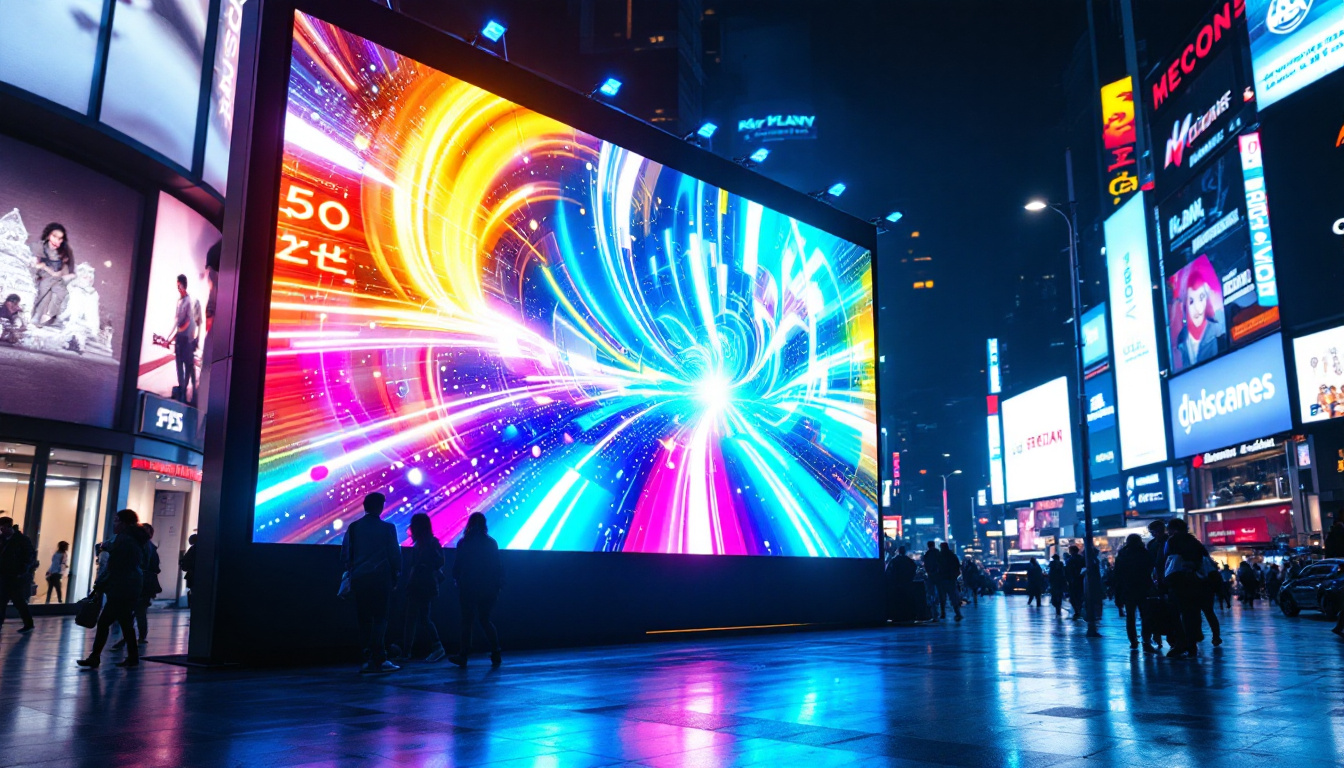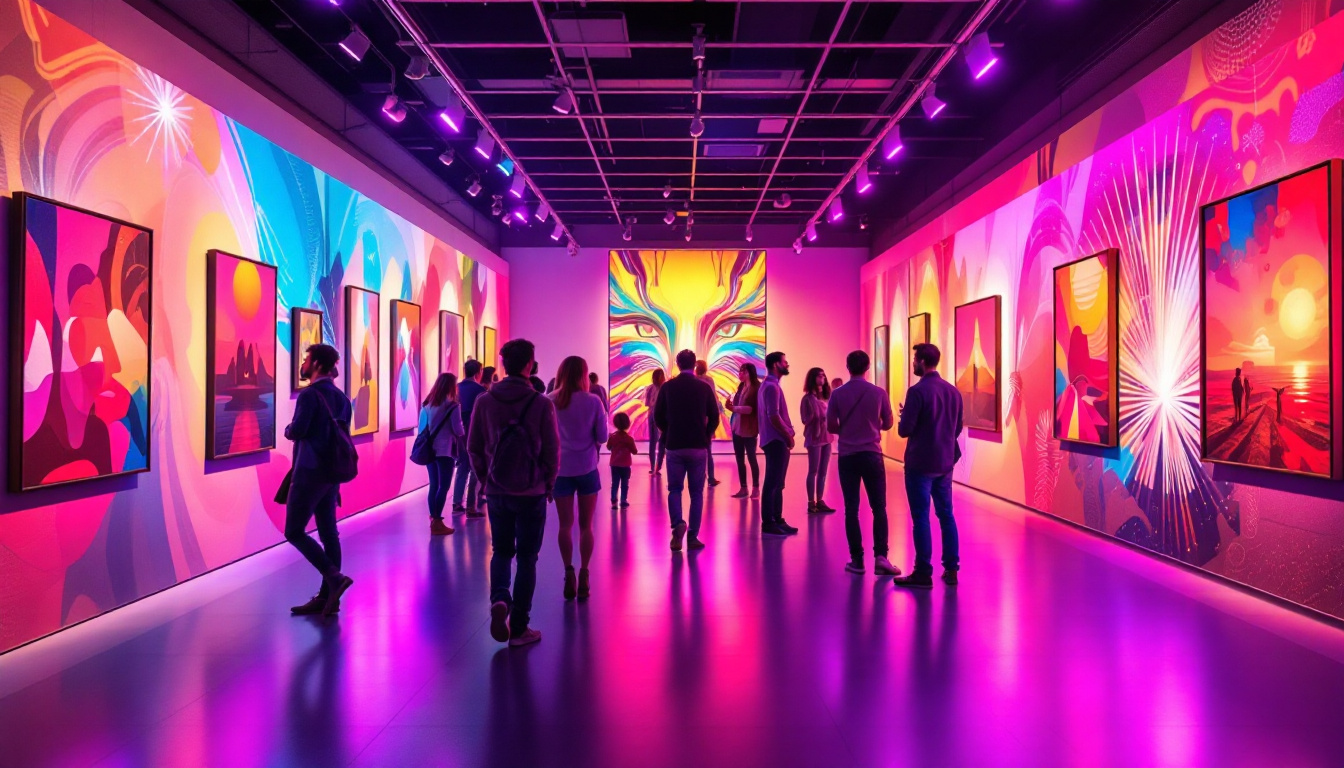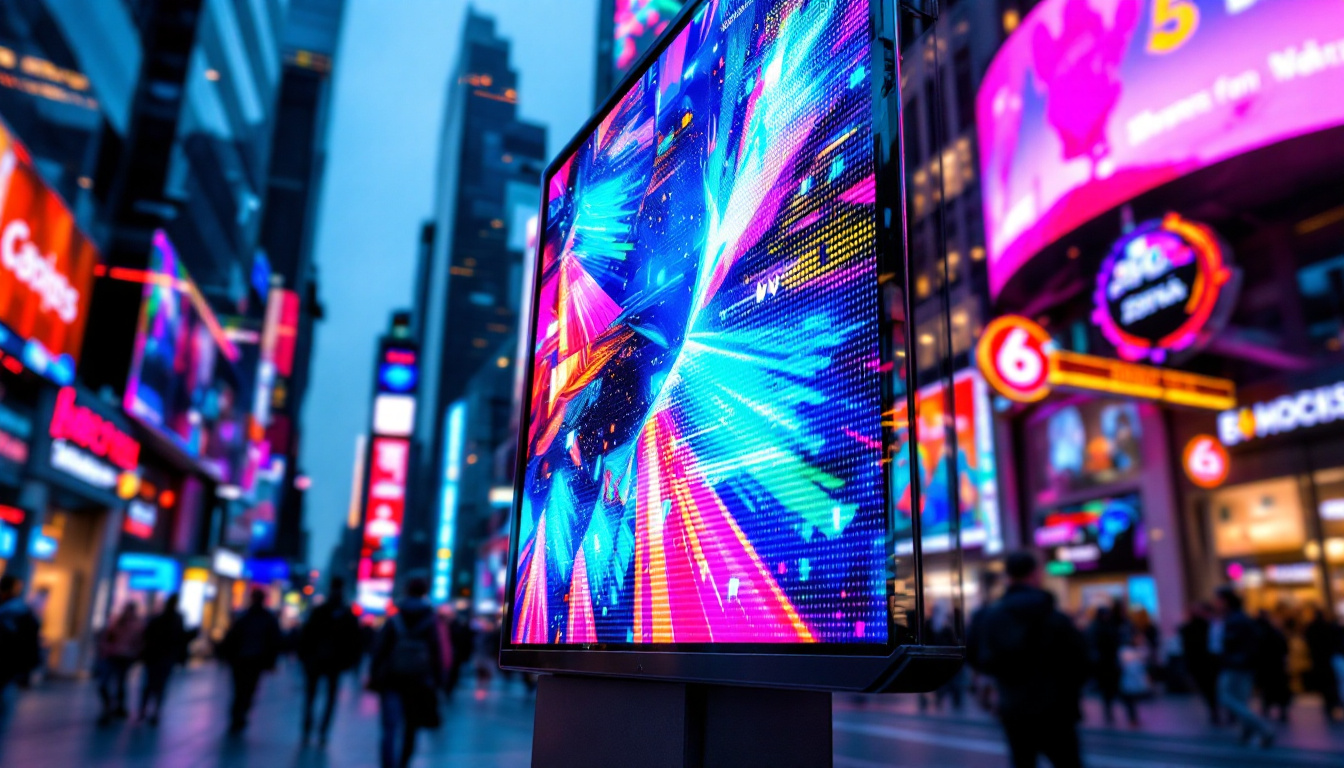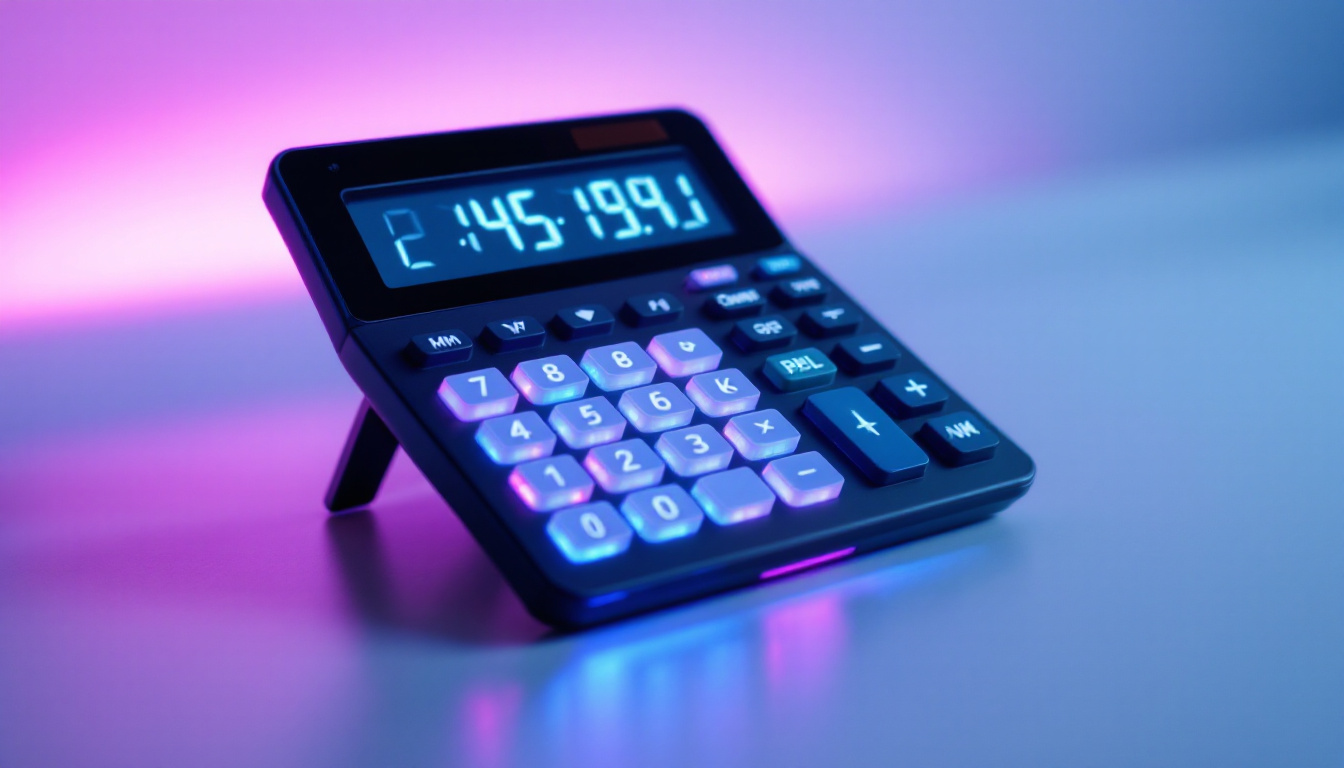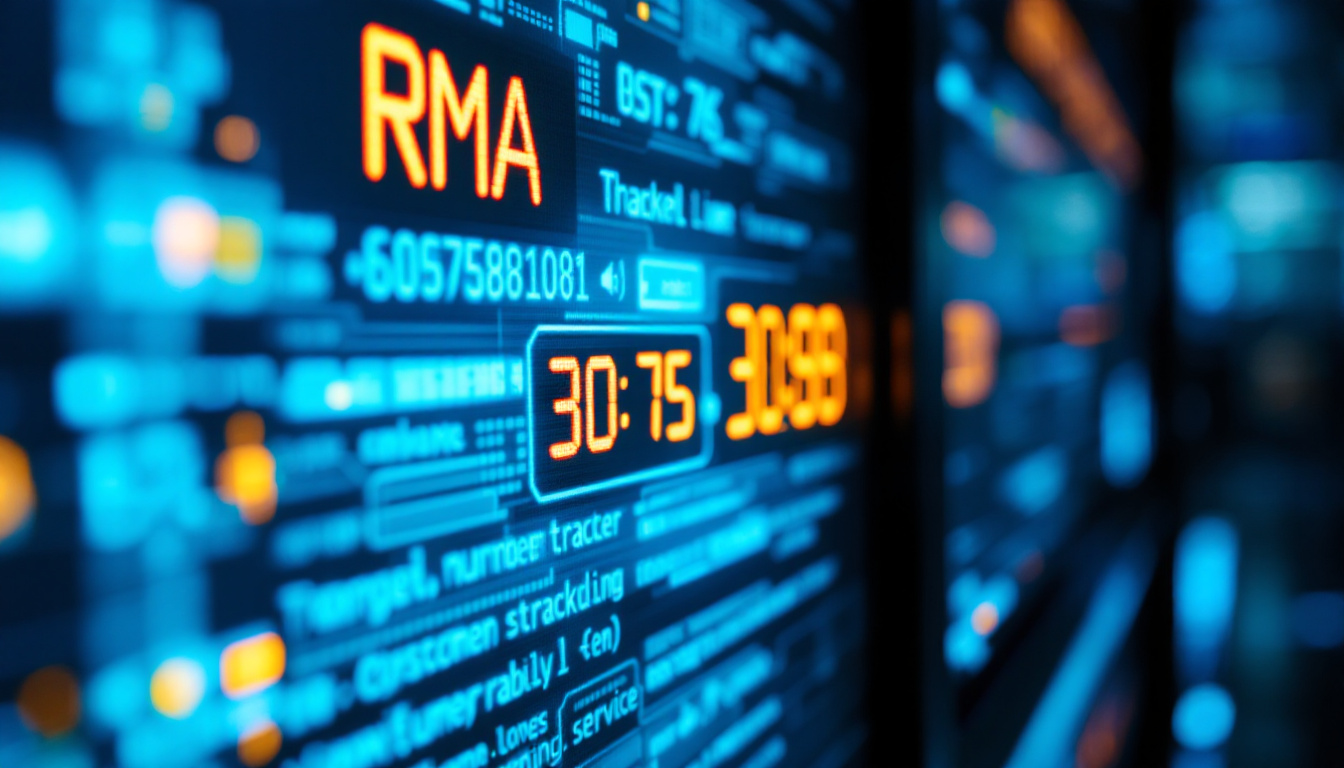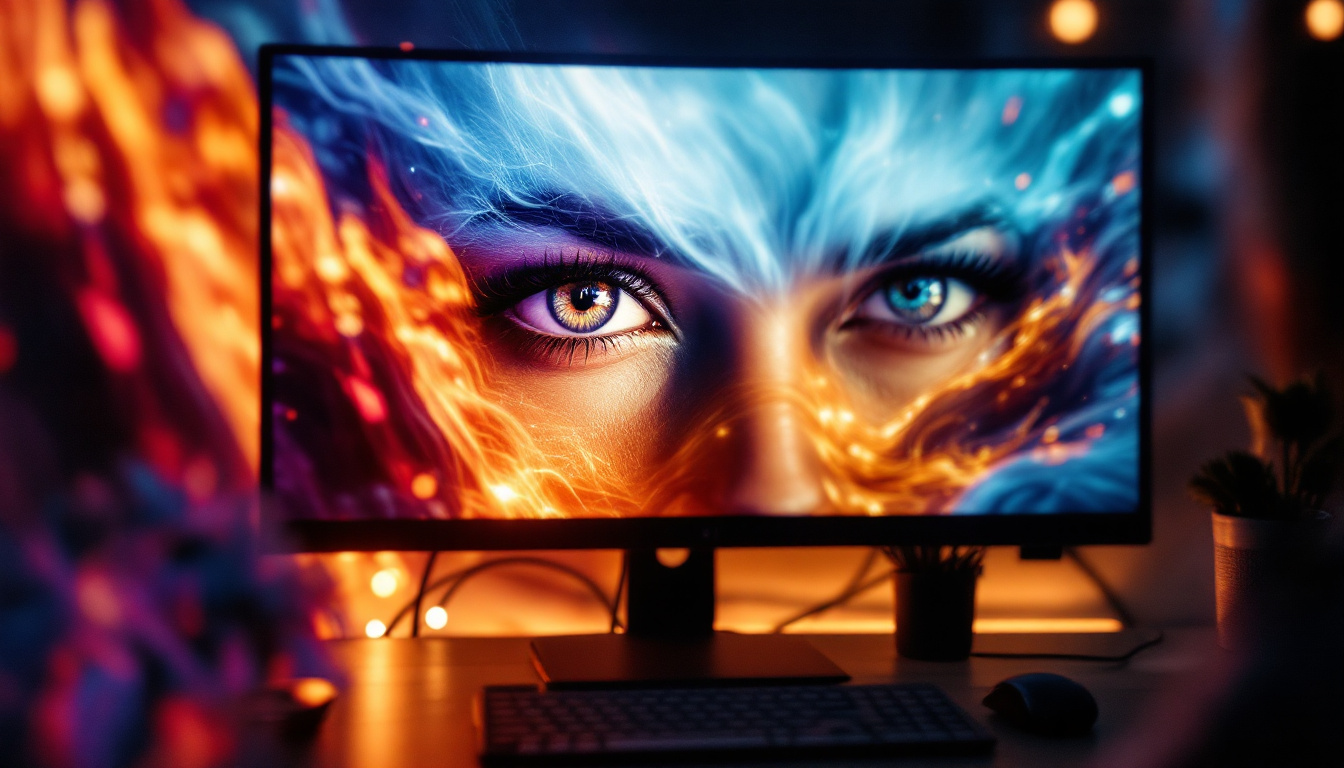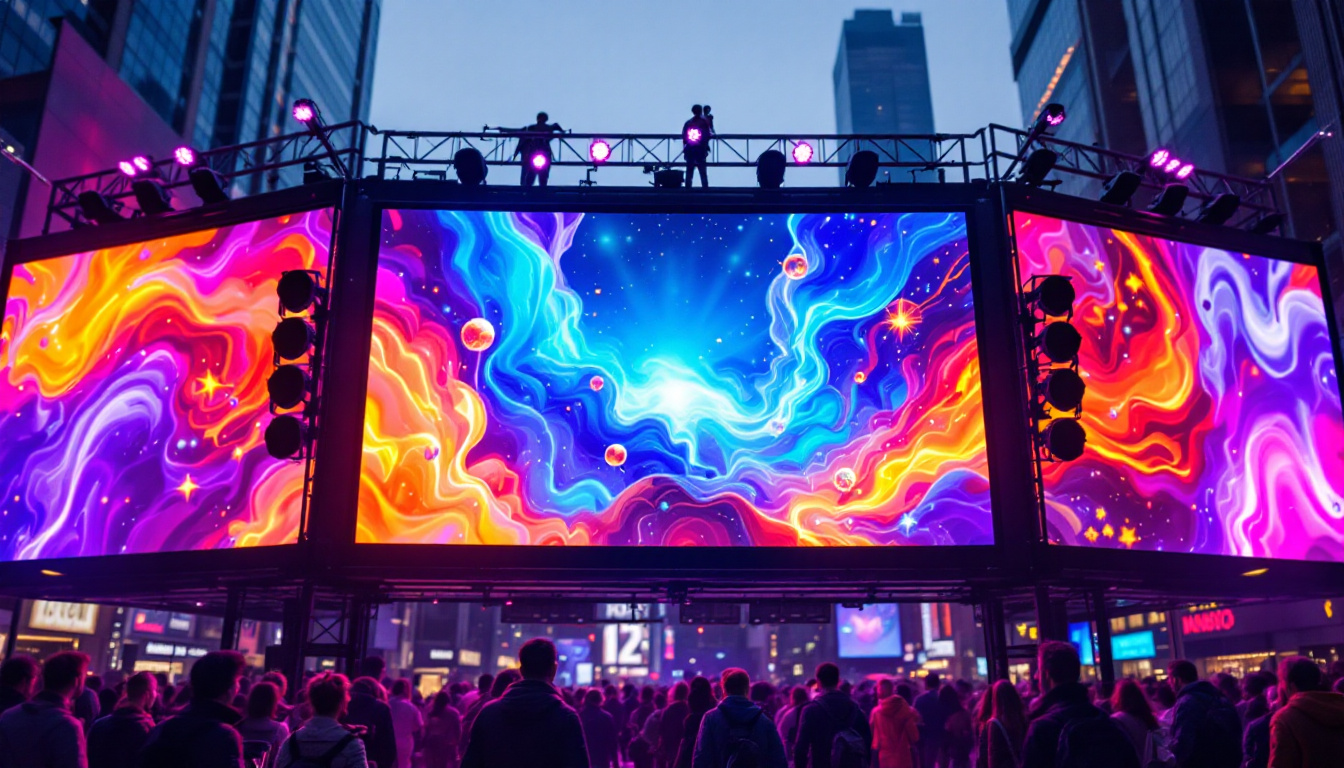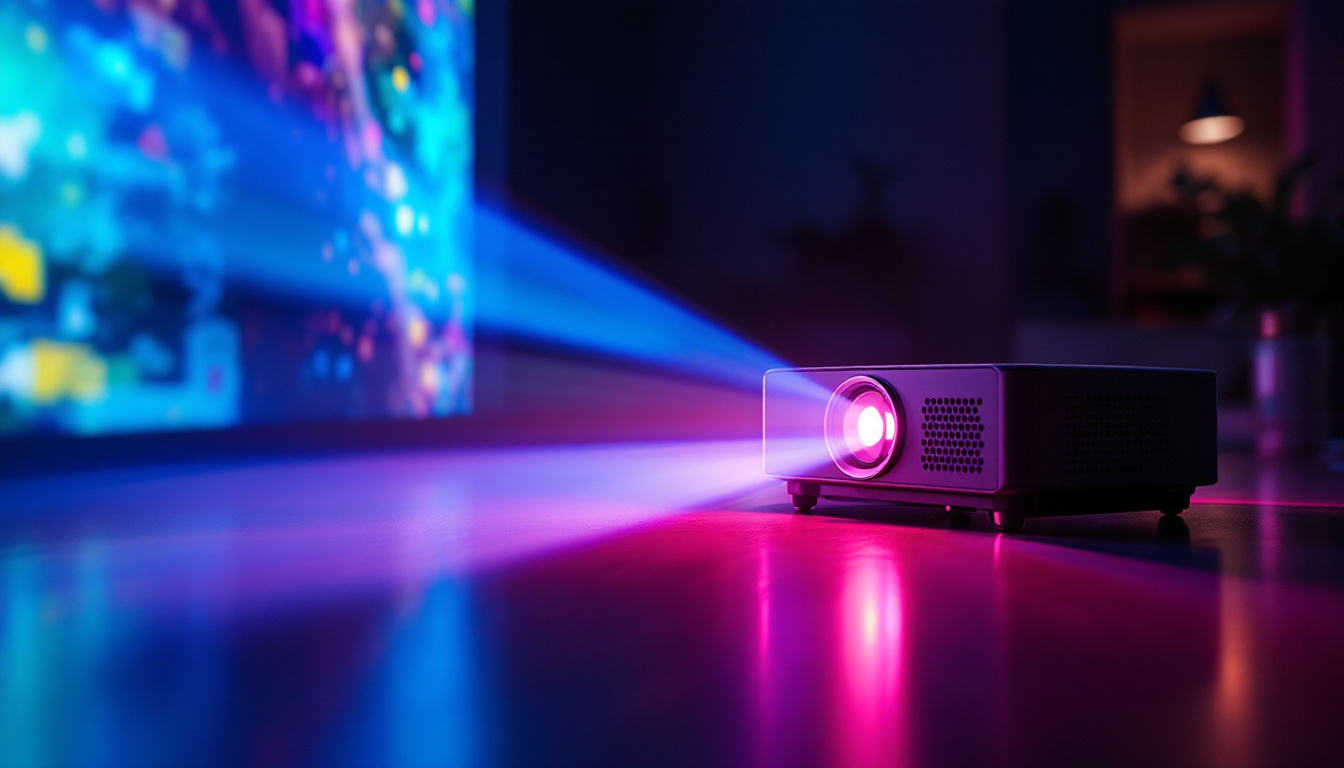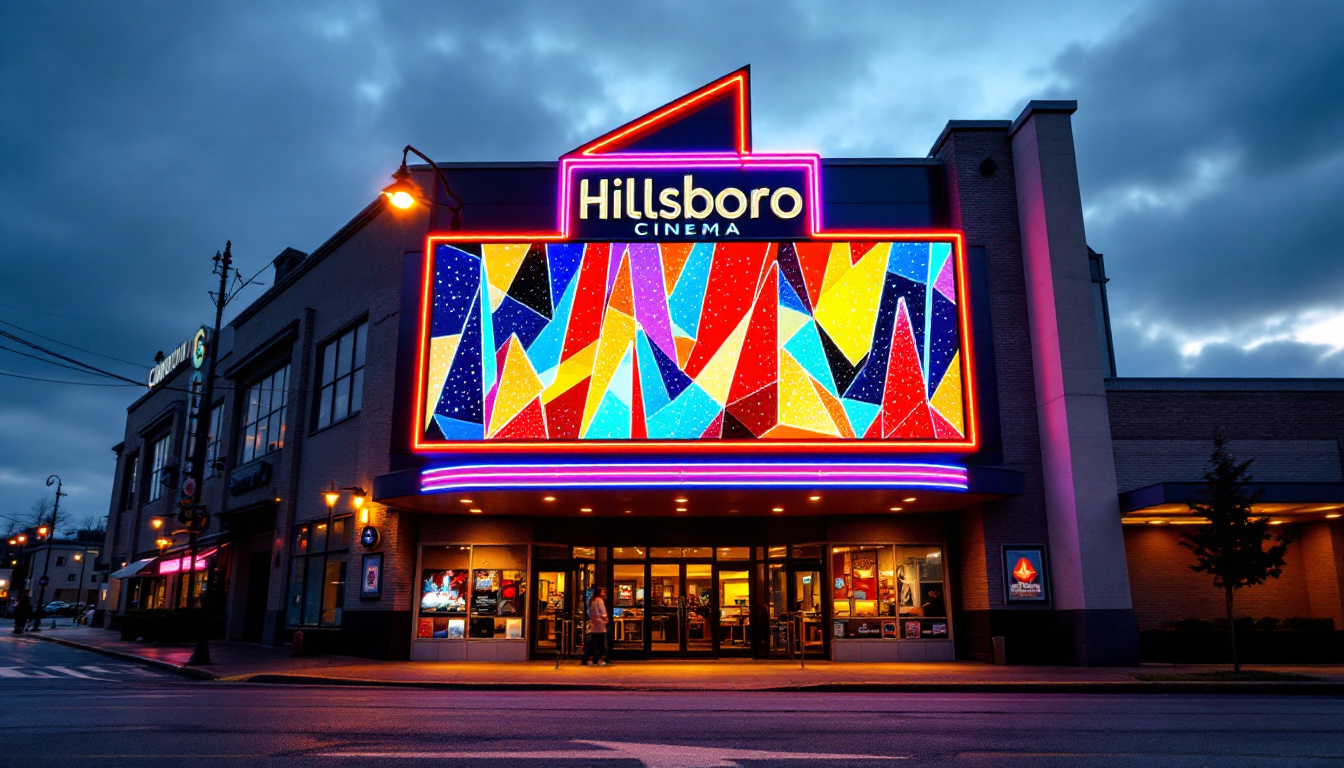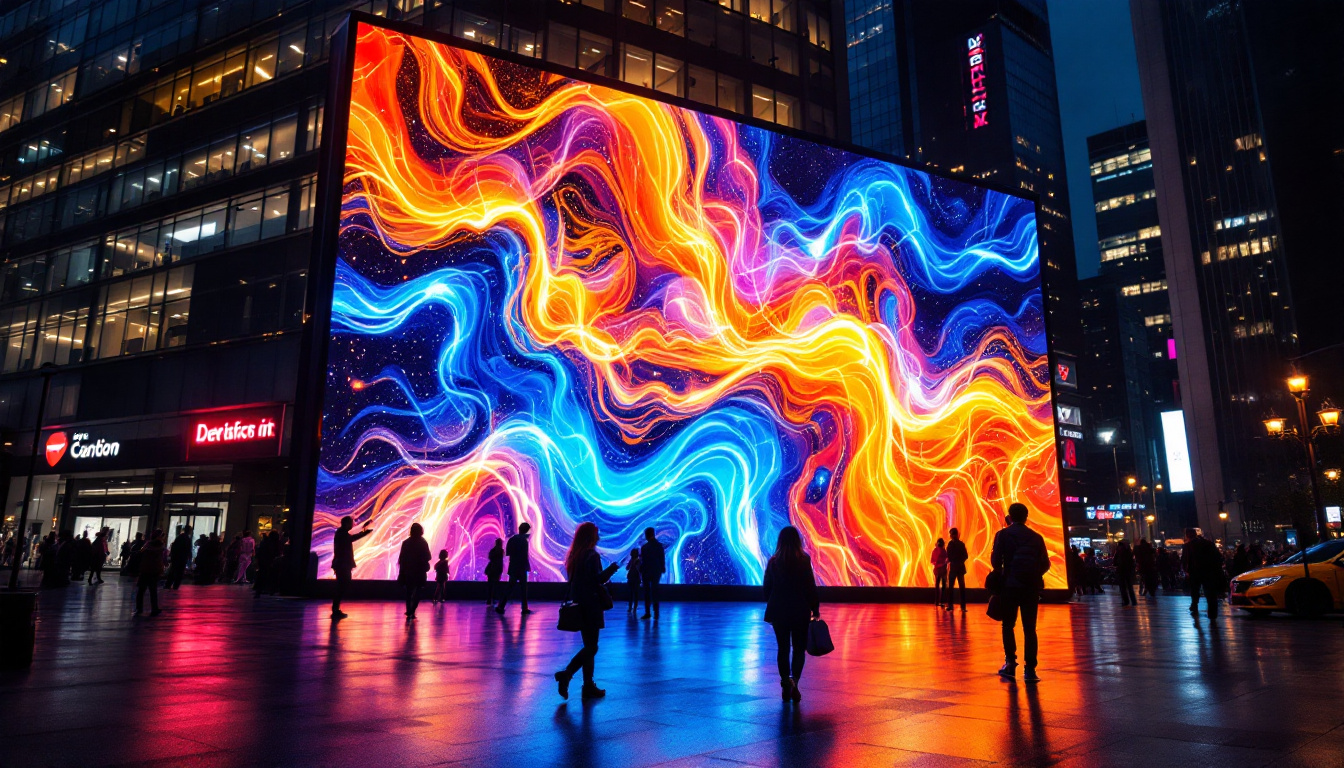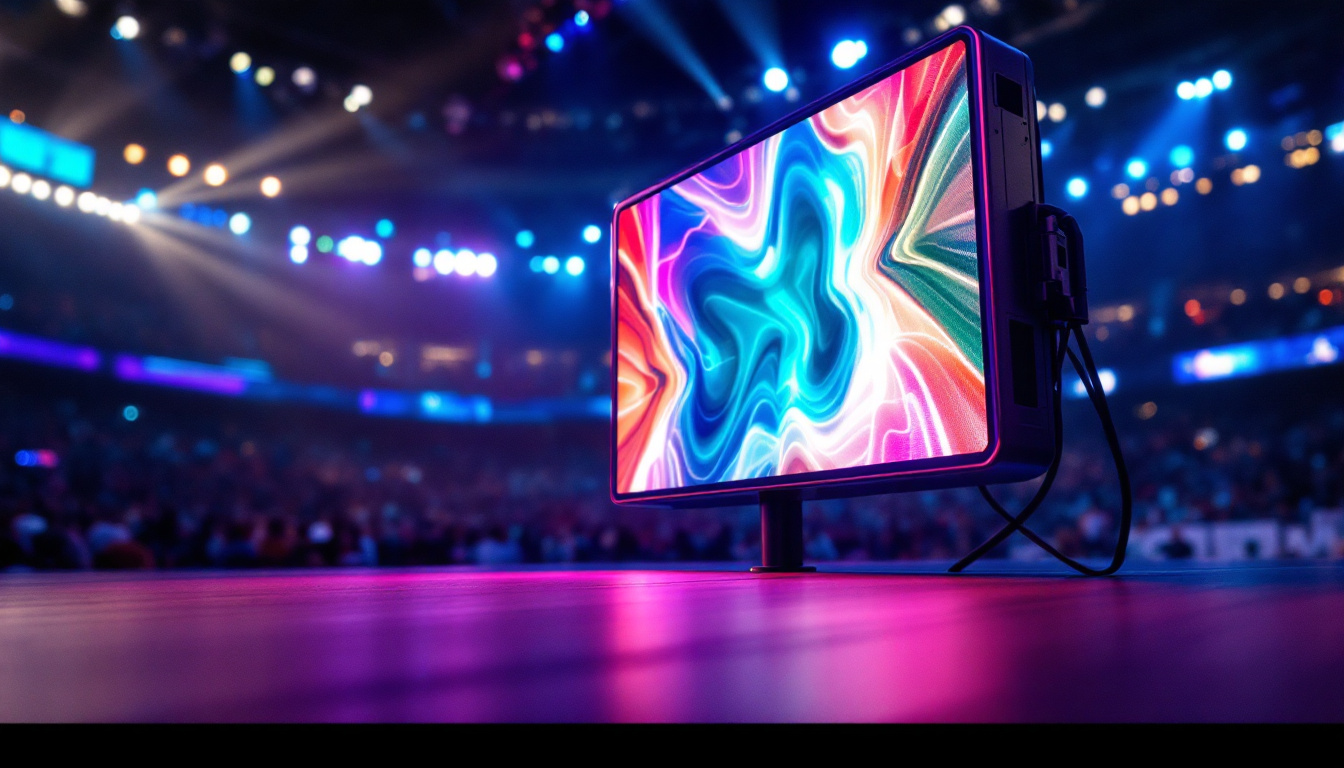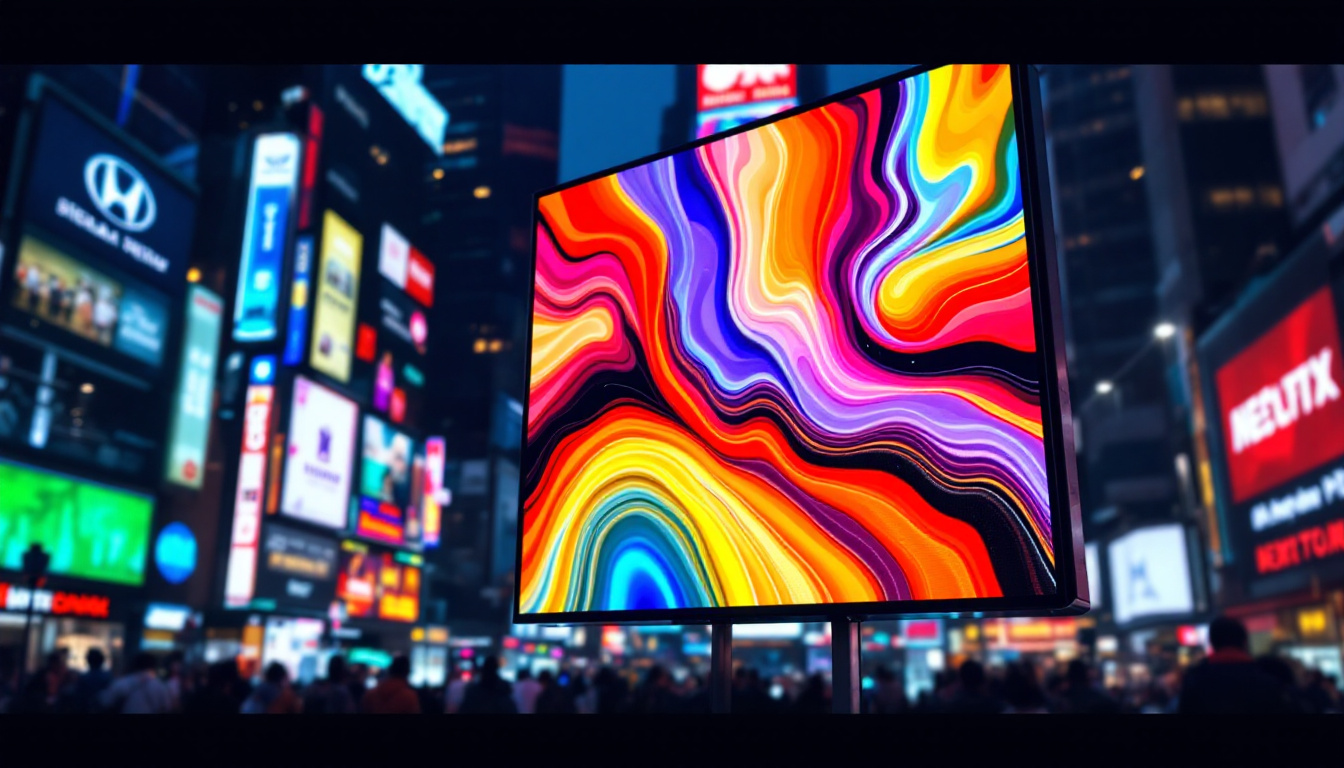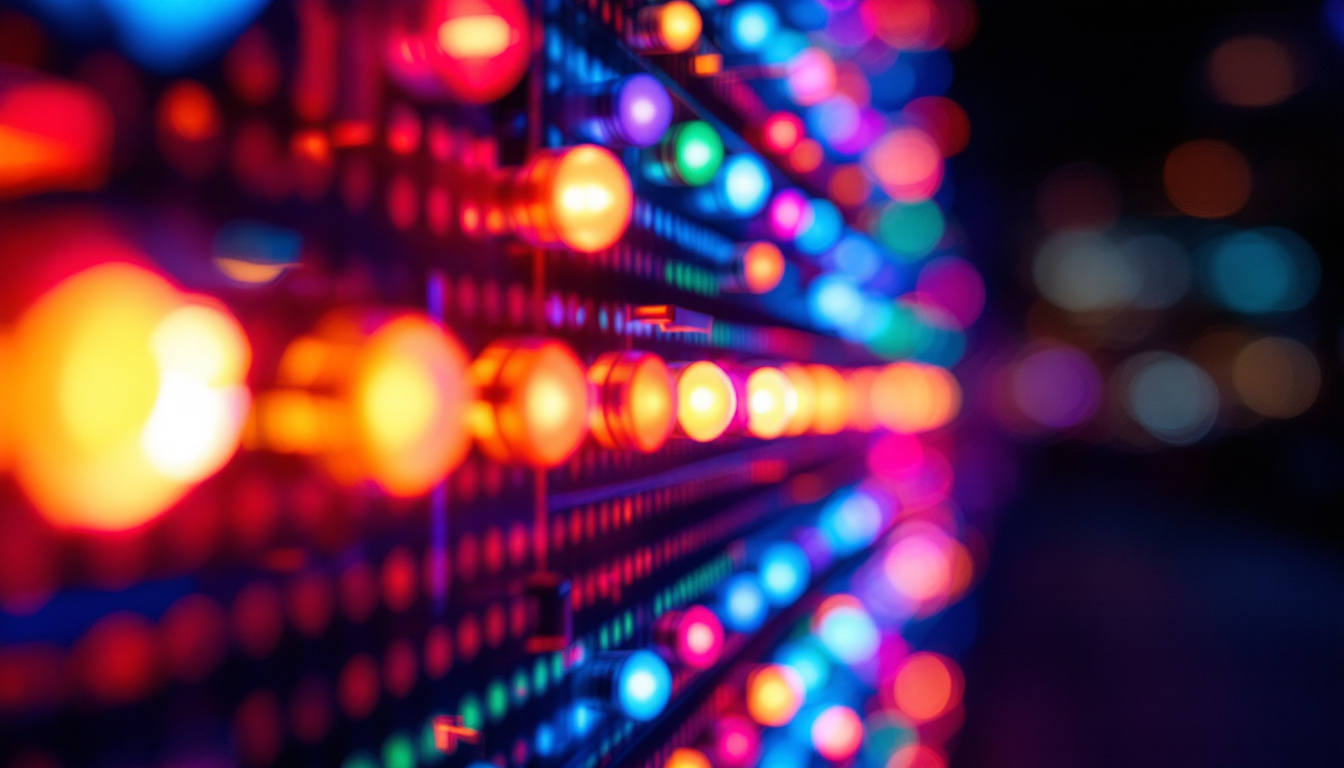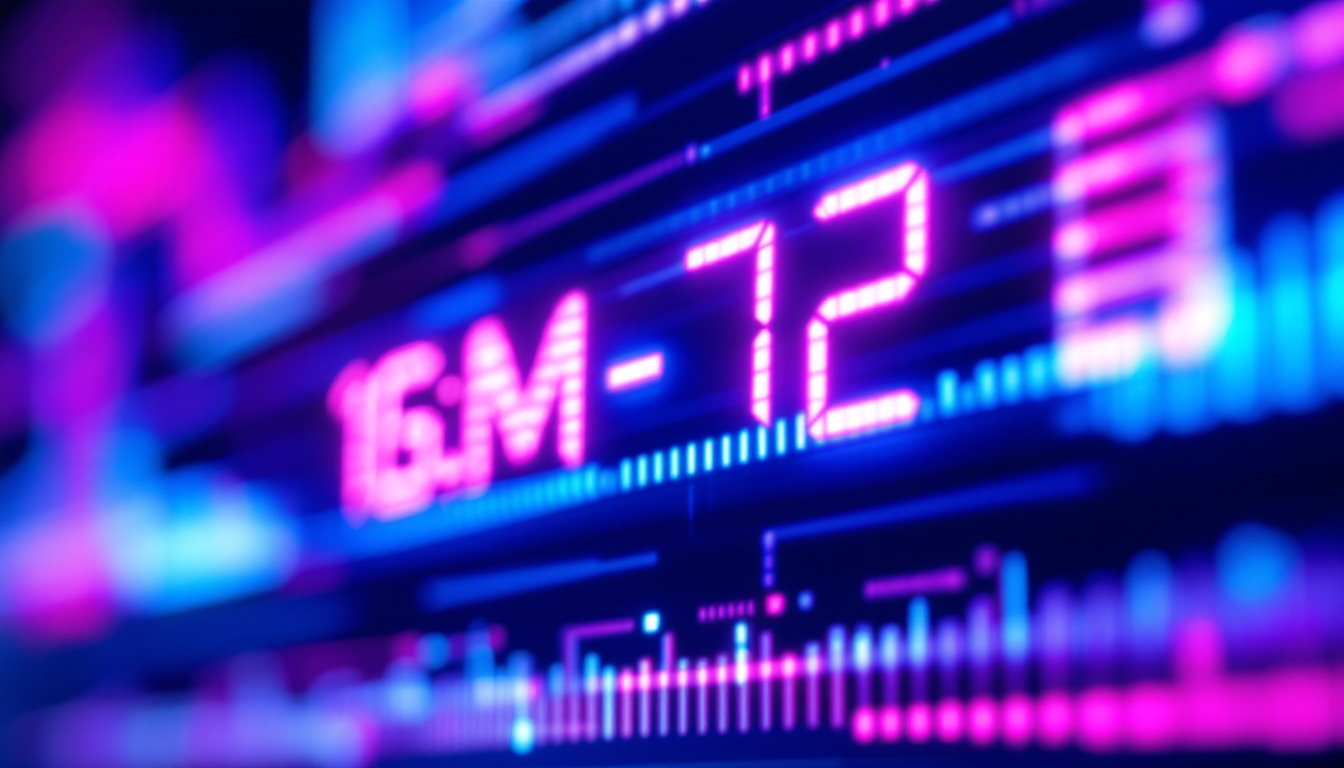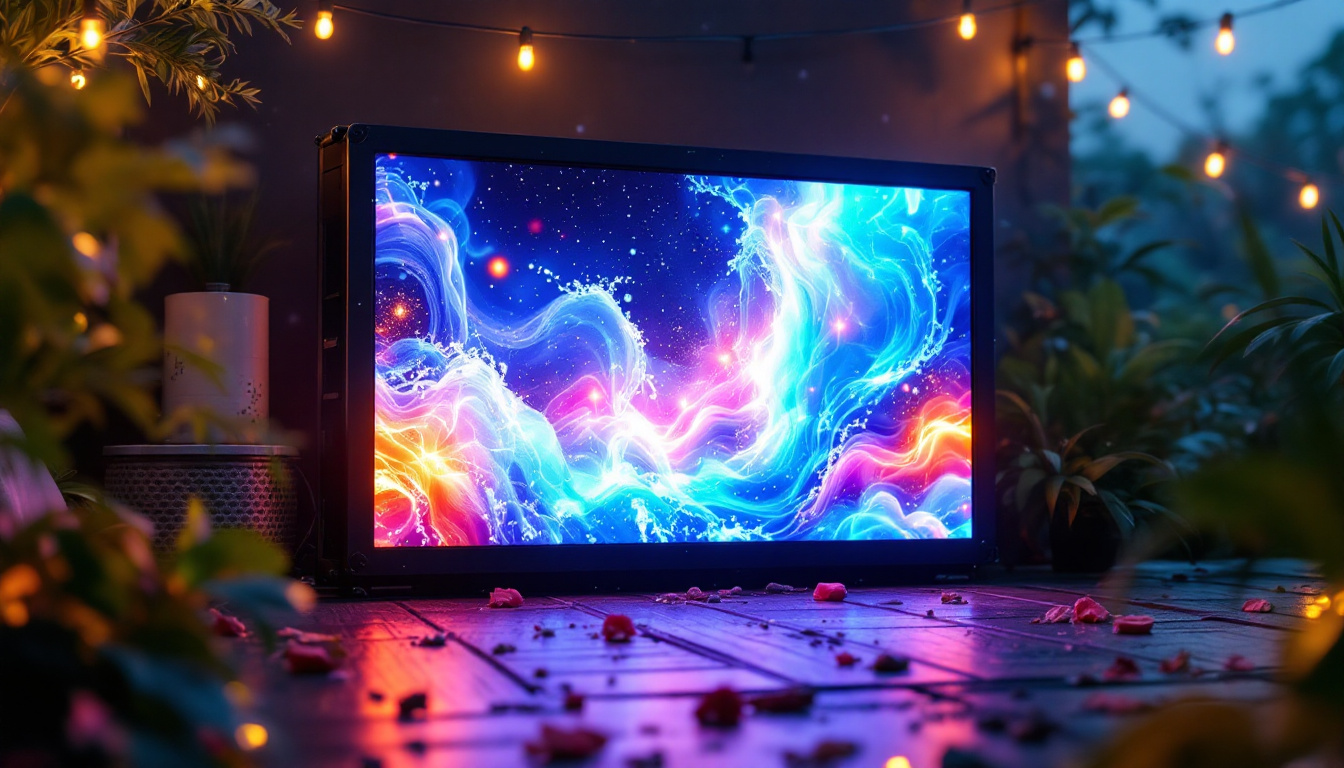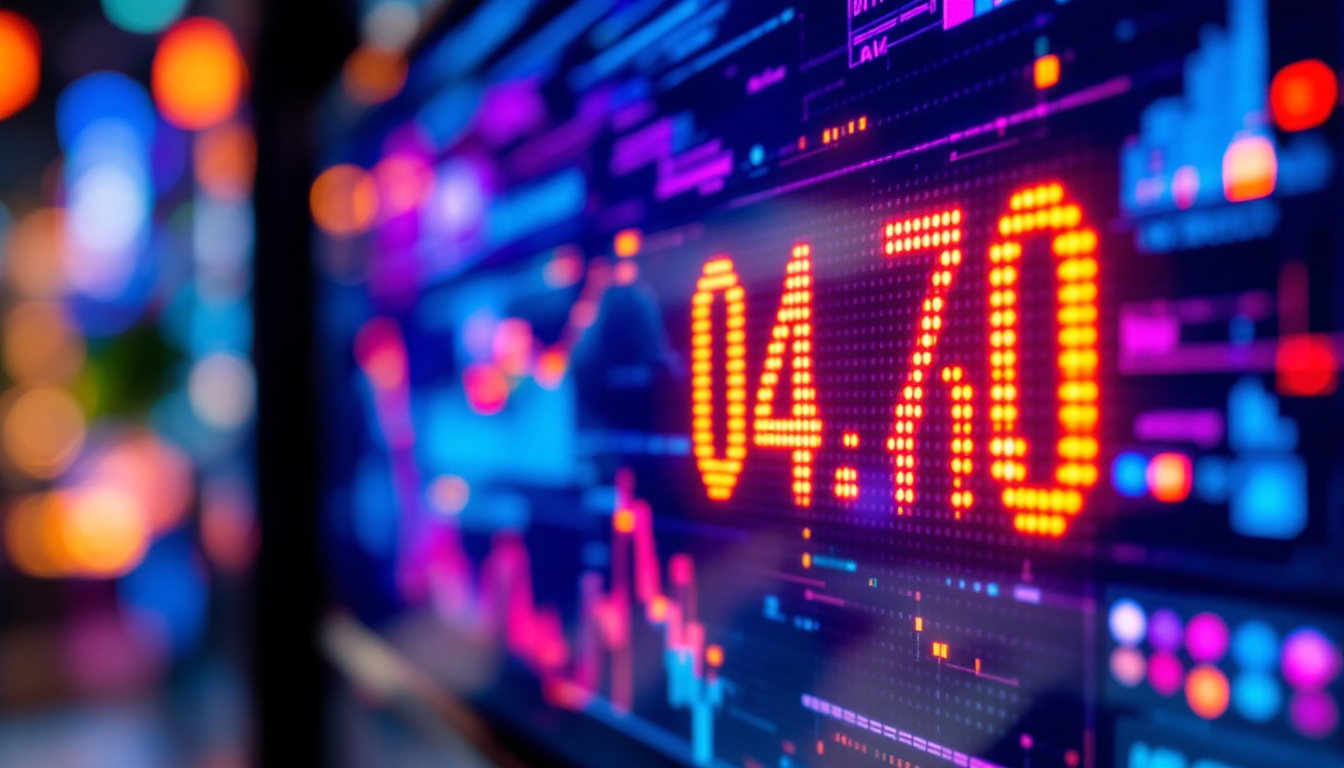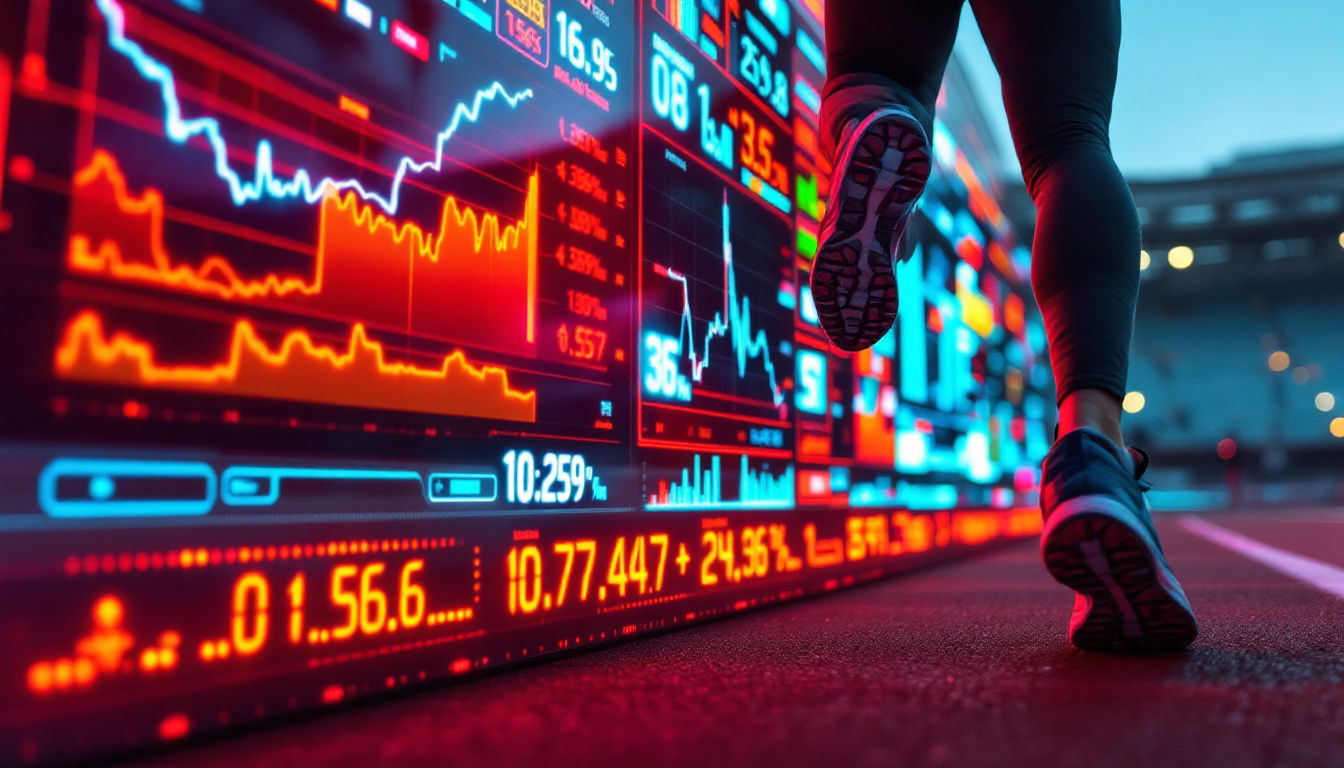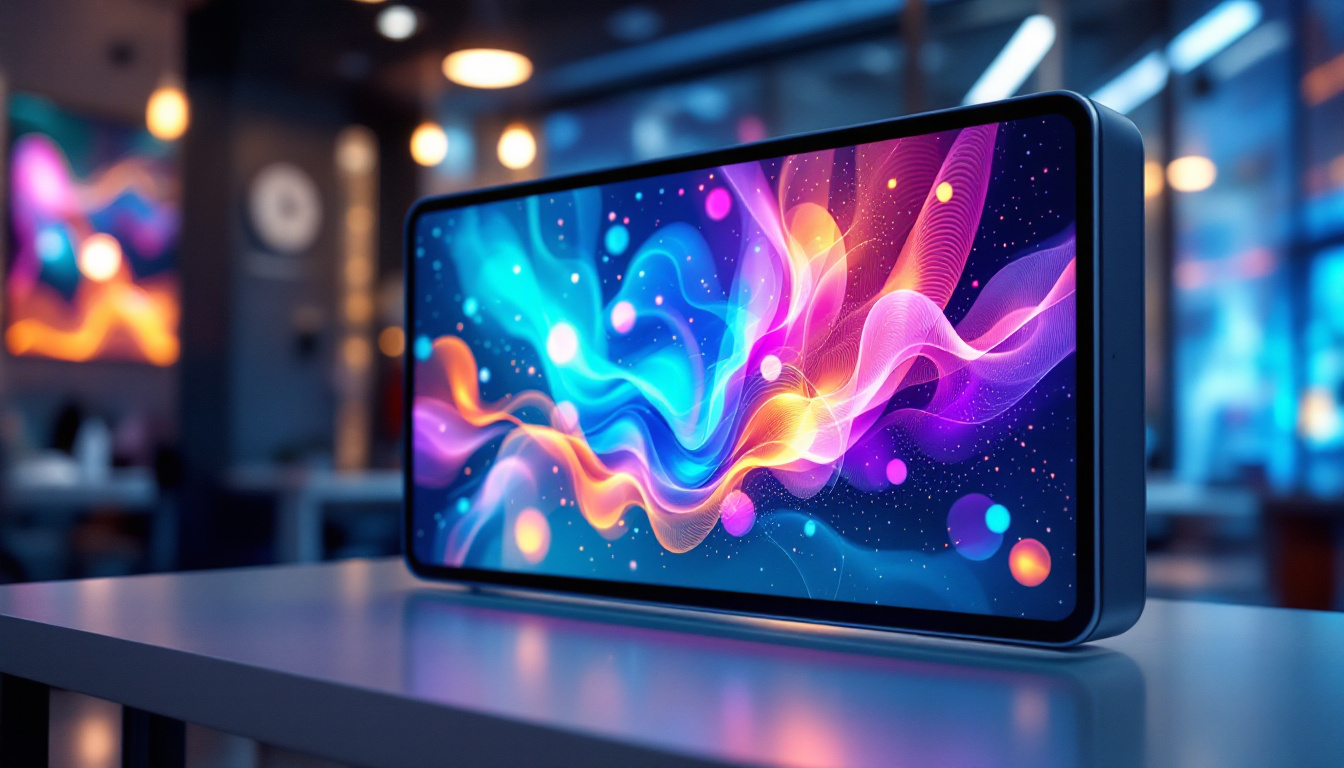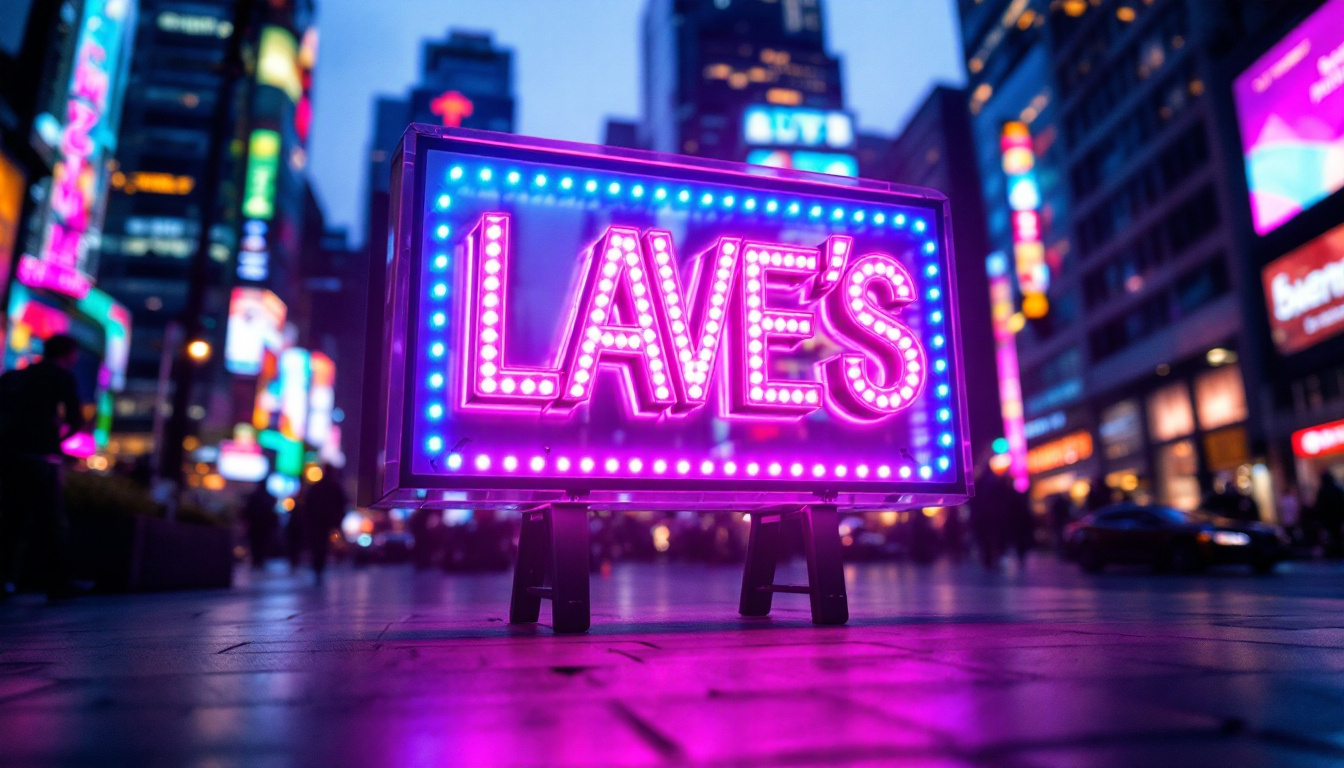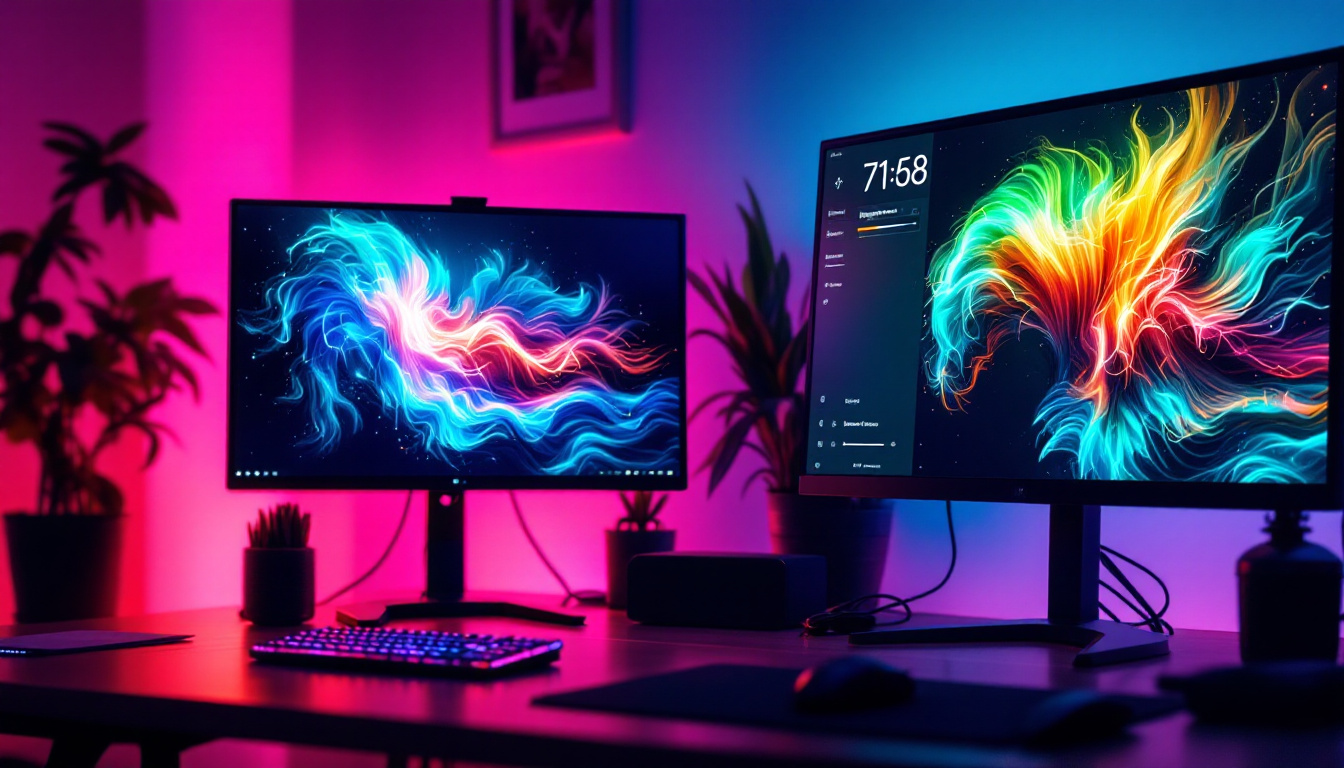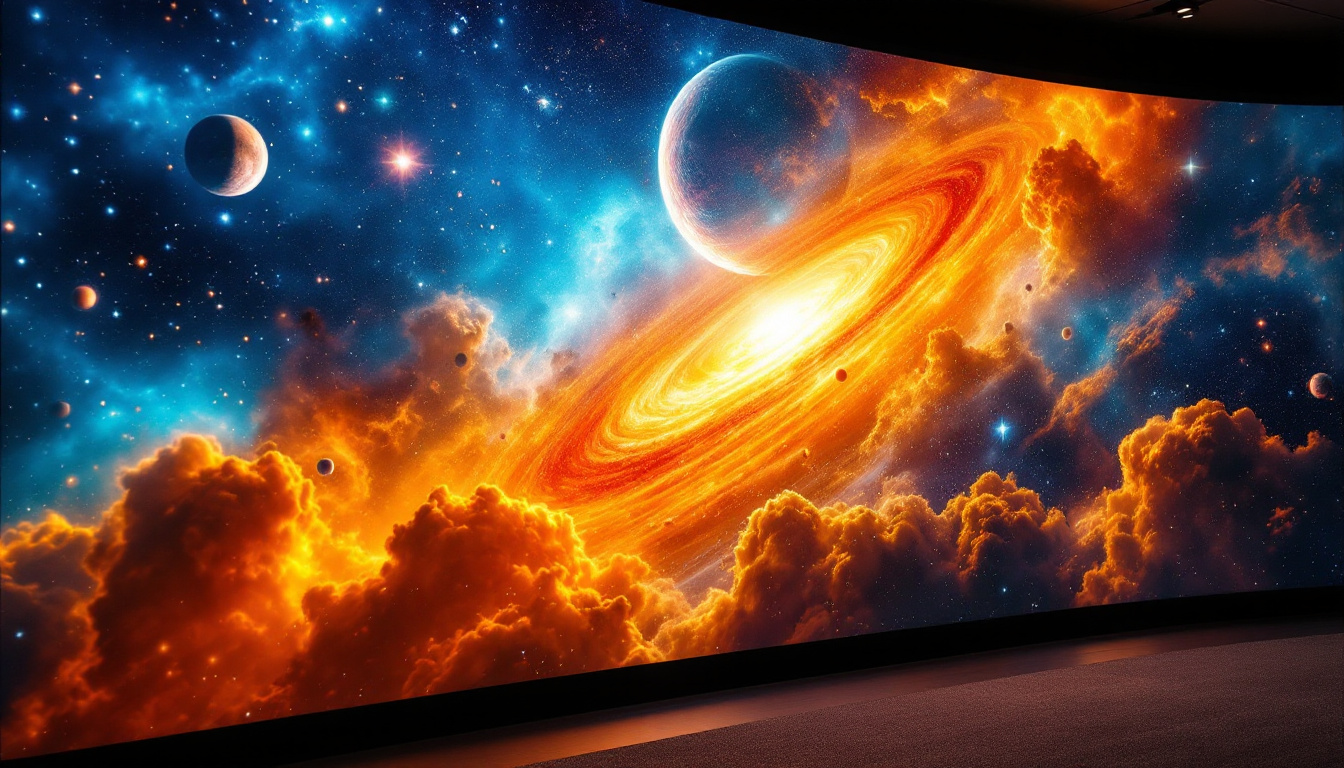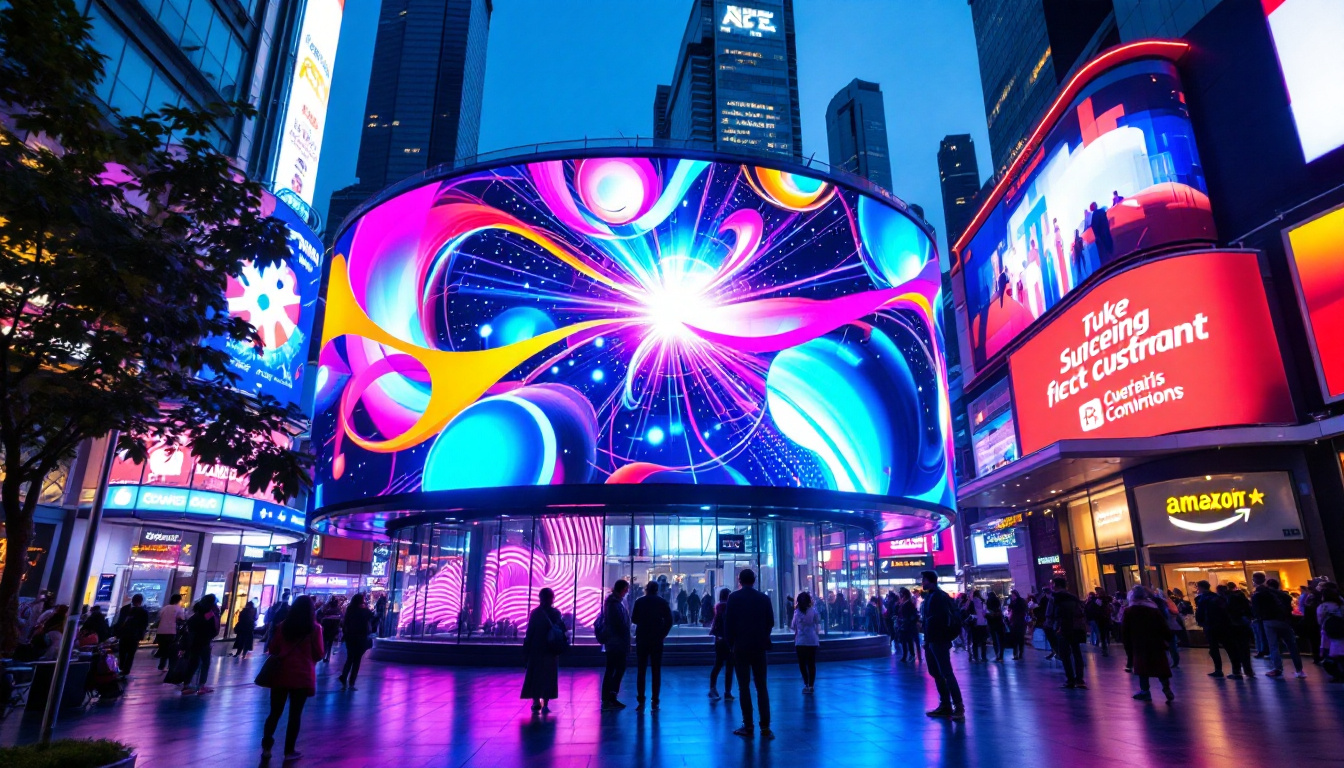In the modern world, LED displays have become ubiquitous, transforming the way information is presented in various environments. From advertising billboards to television screens and even smartphone displays, LEDs are integral to our daily lives. Understanding what LED means and how these displays function can enhance appreciation for their technology and applications.
What is LED?
LED stands for Light Emitting Diode. It is a semiconductor device that emits light when an electric current passes through it. The technology behind LEDs is based on electroluminescence, a phenomenon where a material emits light in response to an electric field. This characteristic makes LEDs highly efficient and versatile for various lighting and display applications.
The Science Behind LEDs
The core of an LED is a chip made from a combination of materials, typically gallium, arsenic, and phosphorus. When electricity flows through the diode, electrons recombine with holes in the semiconductor, releasing energy in the form of photons, which is visible light. The color of the light emitted depends on the materials used in the semiconductor chip.
Unlike traditional incandescent bulbs, which produce light through heat, LEDs generate very little heat, making them more energy-efficient and longer-lasting. This efficiency is one of the primary reasons for their widespread adoption in various applications.
Types of LEDs
LEDs come in various types, each suited for different applications. The most common types include:
- Standard LEDs: Used in indicator lights and simple displays.
- High-Power LEDs: Suitable for applications requiring bright light, such as automotive headlights.
- RGB LEDs: Capable of producing multiple colors by combining red, green, and blue light.
- OLEDs (Organic LEDs): Used in screens for smartphones and televisions, offering better contrast and color accuracy.
The Evolution of LED Displays
The journey of LED displays began in the 1960s with the invention of the first visible LED by Nick Holonyak Jr. Since then, the technology has evolved significantly, leading to the development of various display types that cater to different needs.
From Simple Indicators to Complex Displays
Initially, LEDs were primarily used as indicator lights on electronic devices. However, as technology advanced, they found their way into more complex applications. The first LED displays were simple seven-segment displays used in calculators and clocks. These displays utilized red LEDs to show numerical values.
As the demand for more vibrant and dynamic displays grew, manufacturers began to develop full-color LED screens. This innovation allowed for the creation of video displays, which have become essential in advertising, entertainment, and public information systems.
Advancements in Technology
The development of SMD (Surface Mount Device) technology has revolutionized LED displays. SMD LEDs are mounted directly onto the surface of a circuit board, allowing for a more compact design and higher pixel density. This advancement has led to sharper images and better color reproduction, making LED displays suitable for high-definition video applications.
Additionally, the introduction of smart LED displays, which can connect to the internet and be controlled remotely, has opened up new possibilities in advertising and information dissemination. These displays can be updated in real-time, allowing for dynamic content that can engage audiences more effectively.
Applications of LED Displays
LED displays are found in a wide range of applications, showcasing their versatility and effectiveness. From commercial uses to personal devices, LED technology has transformed how information is conveyed.
Advertising and Marketing
One of the most prominent applications of LED displays is in advertising. digital billboards and signage utilize LED technology to capture the attention of passersby with vibrant colors and dynamic content. These displays can be programmed to change messages frequently, allowing businesses to promote various products or services without the need for physical changes to the signage.
Moreover, LED displays can be strategically placed in high-traffic areas, maximizing visibility and engagement. The ability to display video content further enhances their effectiveness, making them a popular choice for marketers looking to create impactful campaigns.
Entertainment and Events
In the entertainment industry, LED displays have become essential for concerts, sports events, and festivals. Large LED screens are used to broadcast live performances and provide close-up views of events, enhancing the audience’s experience. These displays can also be used for stage backdrops, creating stunning visual effects that complement performances.
Additionally, LED technology is widely used in theme parks and attractions, where immersive experiences are enhanced through vibrant displays that captivate visitors. The flexibility of LED screens allows for creative designs that can adapt to various themes and settings.
Public Information Systems
LED displays play a crucial role in public information systems, providing real-time updates and important announcements. Transportation hubs like airports and train stations utilize LED screens to display arrival and departure times, ensuring travelers have access to the latest information.
Furthermore, LED displays are used in public spaces to convey safety messages, emergency alerts, and community announcements. Their visibility and clarity make them an effective medium for communication in busy environments.
Advantages of LED Displays
The popularity of LED displays can be attributed to several advantages they offer over traditional display technologies. Understanding these benefits helps to appreciate why LEDs are the preferred choice in many applications.
Energy Efficiency
One of the most significant advantages of LED displays is their energy efficiency. LEDs consume significantly less power compared to traditional incandescent or fluorescent lights. This not only reduces electricity costs but also contributes to environmental sustainability by lowering carbon emissions.
Moreover, the long lifespan of LEDs—often exceeding 50,000 hours—means less frequent replacements, further reducing waste and maintenance costs. This longevity is particularly beneficial for businesses that rely on continuous operation of their displays.
Brightness and Visibility
LED displays are known for their exceptional brightness, making them highly visible even in direct sunlight. This characteristic is crucial for outdoor applications, where visibility can be compromised by ambient light. The ability to adjust brightness levels also allows for optimal viewing in various lighting conditions.
Additionally, the high contrast ratio of LED displays enhances image quality, ensuring that colors appear vibrant and clear. This quality is particularly important for video content, where clarity and detail can significantly impact viewer engagement.
Flexibility and Design
LED technology offers remarkable flexibility in design, allowing for a wide range of shapes and sizes. This adaptability enables creative installations that can fit into various architectural environments. From curved screens to large-scale video walls, the possibilities are virtually limitless.
Furthermore, advancements in modular LED technology allow for easy customization and scalability. This means that businesses can start with a smaller display and expand as needed, making LED displays a cost-effective solution for growing needs.
Challenges and Considerations
Despite their numerous advantages, LED displays also come with certain challenges and considerations that users should be aware of. Understanding these factors can help in making informed decisions regarding their implementation.
Initial Costs
The initial investment for LED displays can be higher than traditional display technologies. While the long-term savings in energy and maintenance costs can offset this expense, businesses must carefully evaluate their budget and expected return on investment. It is essential to consider the specific needs and usage patterns to determine the most cost-effective solution.
Heat Management
Although LEDs generate less heat than incandescent bulbs, they still produce some heat during operation. Proper heat management is crucial to ensure optimal performance and longevity. Overheating can lead to reduced brightness and color accuracy, which can affect the overall display quality.
To mitigate this issue, manufacturers often incorporate heat sinks and ventilation systems in their designs. Users should also consider the installation environment, ensuring adequate airflow around the display to prevent overheating.
Viewing Angles
While LED displays offer excellent brightness and clarity, their viewing angles can vary depending on the technology used. Some LED displays may exhibit color shifts or reduced brightness when viewed from extreme angles. This factor is particularly important in applications where viewers may be positioned at various angles relative to the display.
To address this challenge, it is advisable to choose displays with wide viewing angles, especially for large installations where audience positioning may vary significantly.
The Future of LED Displays
The future of LED displays looks promising, with ongoing advancements in technology and new applications emerging. As the demand for high-quality visual content continues to grow, LED technology is expected to evolve further, offering even more innovative solutions.
Integration with Smart Technologies
As smart technology becomes increasingly prevalent, the integration of LED displays with IoT (Internet of Things) systems is likely to expand. This integration will enable more dynamic and interactive displays that can respond to real-time data and user interactions.
For instance, smart LED displays could adjust their content based on weather conditions, audience demographics, or even social media trends. This level of adaptability will enhance engagement and provide more relevant information to viewers.
Advancements in Resolution and Color Accuracy
Future developments in LED technology are expected to focus on improving resolution and color accuracy. The introduction of microLED technology, which uses tiny individual LEDs to create images, promises to deliver even sharper visuals and better color reproduction. This advancement could revolutionize the display industry, particularly for high-end applications like virtual reality and augmented reality.
Furthermore, advancements in color calibration techniques will ensure that LED displays maintain consistent color accuracy across different viewing conditions, enhancing the overall user experience.
Sustainability Initiatives
As environmental concerns continue to grow, the LED industry is likely to focus on sustainability initiatives. This may involve the development of more eco-friendly materials, recycling programs for old displays, and energy-efficient manufacturing processes.
By prioritizing sustainability, the LED display industry can contribute to a greener future while meeting the demands of environmentally conscious consumers and businesses.
Conclusion
LED displays have transformed the way information is presented and consumed in various environments. Their energy efficiency, brightness, and versatility make them an ideal choice for a wide range of applications, from advertising to public information systems.
While there are challenges to consider, the advantages of LED technology far outweigh the drawbacks. As advancements continue to shape the future of LED displays, their impact on communication, entertainment, and information dissemination will only grow stronger.
Understanding the intricacies of LED technology not only enhances appreciation for its applications but also paves the way for informed decisions regarding its use. As the world becomes increasingly visual, LED displays will undoubtedly play a pivotal role in shaping our experiences.
Discover Cutting-Edge LED Display Solutions
Ready to elevate your visual communication with the latest in LED technology? LumenMatrix is at the forefront of LED display innovation, offering a diverse range of products designed to make your brand stand out. Whether you’re looking for an Indoor LED Wall Display, a dynamic Outdoor LED Wall Display, or specialized solutions like Vehicle LED Displays and LED Sports Displays, LumenMatrix has the expertise to bring your vision to life. Experience the future of visual engagement with our LED Poster Displays, Floor LED Displays, Custom LED Displays, All-in-One LED Displays, and LED Transparent Displays. Don’t just share your message—make it resonate with clarity and impact. Check out LumenMatrix LED Display Solutions today and see how we can help transform your space into a captivating visual experience.

